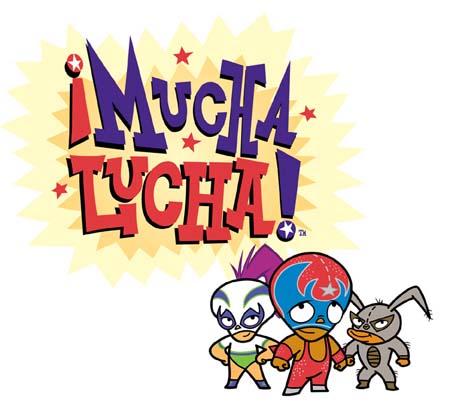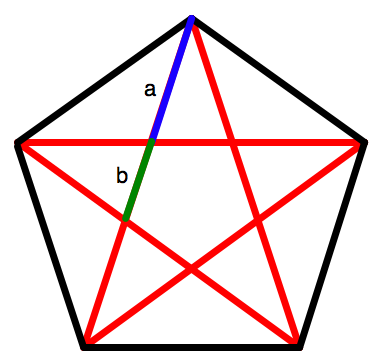(WARNING: Lots of flashing lights do not watch if susceptible to seizures)
Flying Lotus Website
Flying Lotus is no stranger to setting his music to animation. Here are a couple other examples:
These are more quirky little videos. Each tell a story and each have an art style that is truly unique and fitting of the music it's made for. It's a ton of work, but this is the type of stuff I'd have a lot of fun making.
By the way, the new album "You're Dead!" releases October 7th, but it leaked over the weekend. It's absolutely amazing, and I definitely recommend checking it out (and buying it when it releases). My roommates and I have been each listening to it and promptly getting our minds blown.











